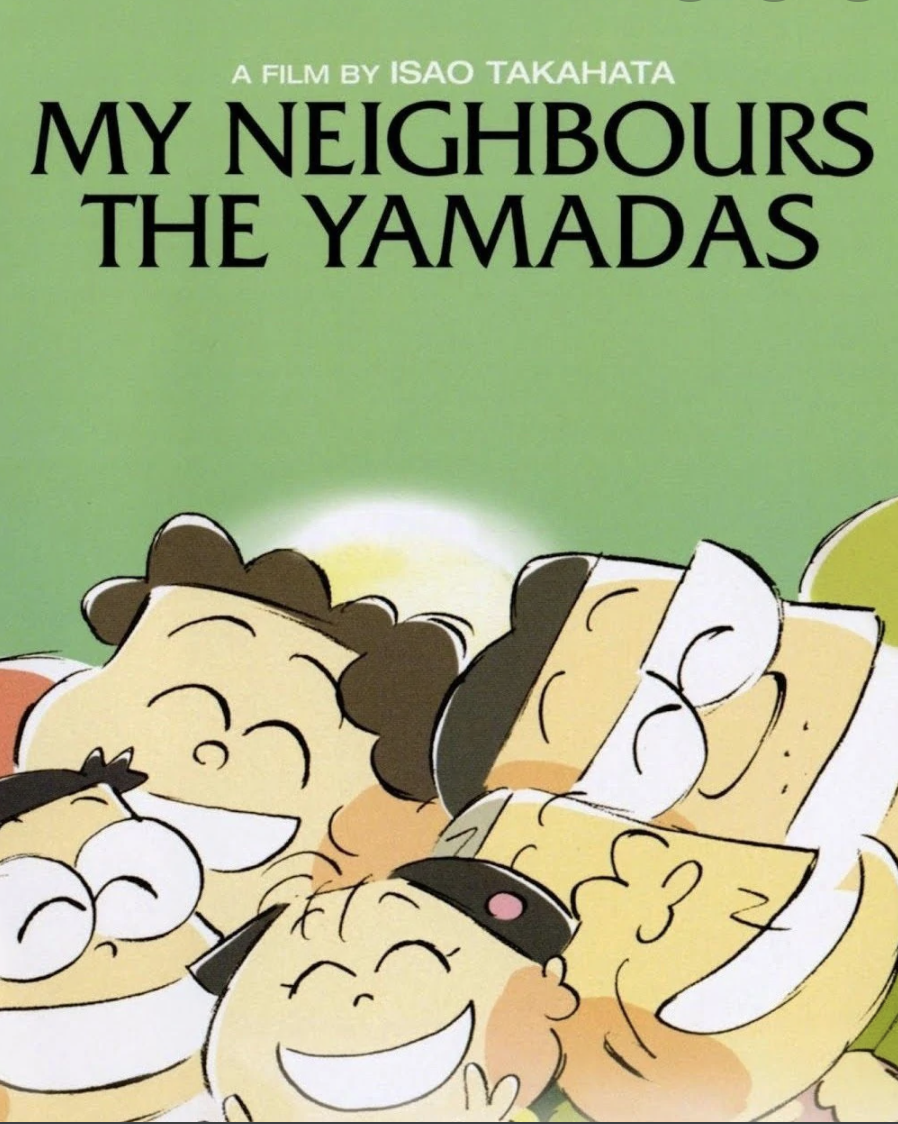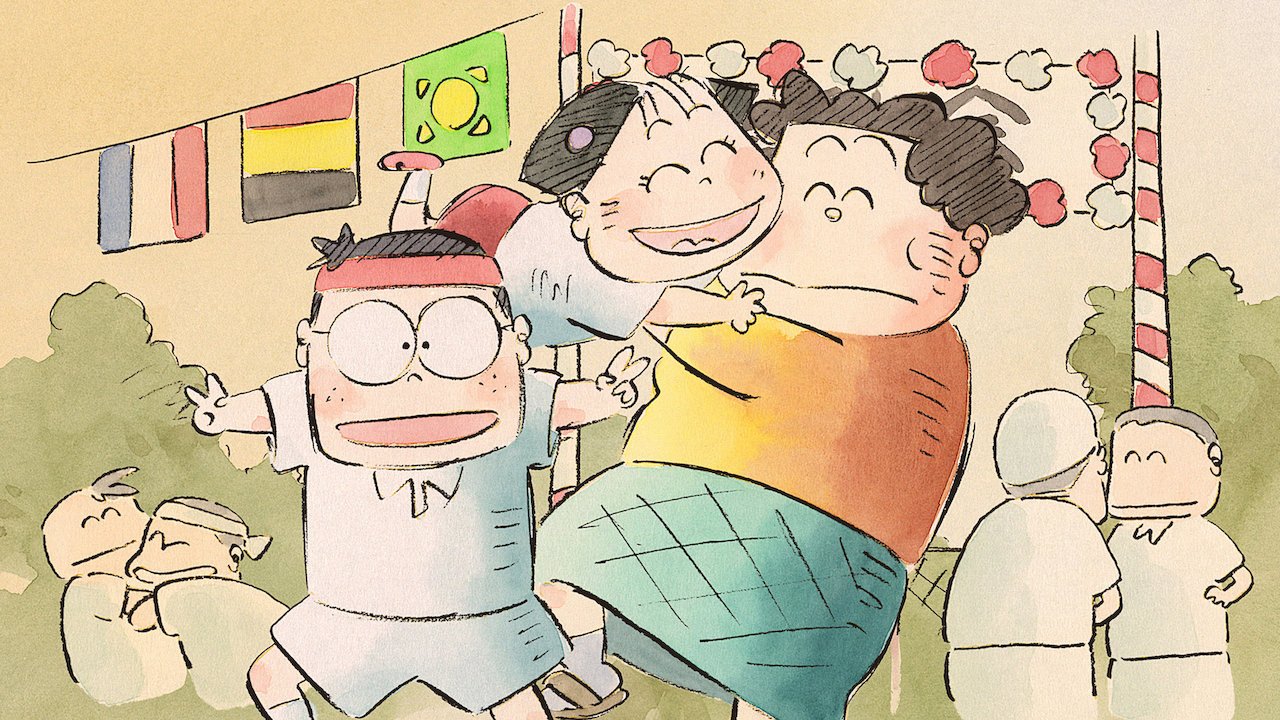UNDERRATED CINEMA TO DISCOVER: Patrick McElroy on Studio Ghibli & Isao Takahata's MY NEIGHBORS THE YAMADAS (1999, Japan)
One of the most renowned movies from the animation company Studio Ghibli is the late Isao Takahata’s 1988 masterpiece The Grave of the Fireflies. The movie is almost unbearably emotional in showing the daily struggles of two adolescents in Japan during WWII, but in the end offers us a sense of relief. While it is Takahata’s best known film, perhaps his most underrated is quite the polar opposite of The Grave of the Fireflies in tone and style, and that’s his 1999 film My Neighbors the Yamadas.
Based on the yonkoma manga series Nono-chan by Hisaichi Ishii, it’s perhaps the funniest and most delightful film from Ghibli. It follows a series of vignettes of the daily lives of a middle-aged married couple Takashi and Matsuko, Matsuko’s elderly mother Shige, their 13-year-old son Noboru, their 7-year-old daughter Nonoko, and their dog Pochi.
Each sequence follows the family’s dynamics as they face modern Japan, every one of the sequences is presented with a comedy of humanity in the vein of Jacques Tati, with the human warmth of Yasujiro Ozu. We witness much of the story through the point of view of Takashi and Matsuko as they argue over little things of what they’ll have for dinner, who has the television, and other inconveniences that we often let override our existence. It’s then through the point of view of Nonoko that we then get to experience the ways that we should subdue the little time we occupy on this planet, and that’s through simplicity, and childlikeness over the childishness of her parents.
One of the best sequences in the film takes place on a weekend afternoon, where the family takes a trip to their city’s mall, and Takashi and Matsuko are so impatient to leave that they forget Nonoko. Nonoko has not a worry in her as she finds a neighbor of theirs that’s able to take her back to her place, while her parents are in the greatest worry of their lives, turning back to the mall, and then heading back home, where in the end they get Nonoko back. It’s as we grow up, we get lost in materialism, fears, and distrust of others, that we forget the goodness that a childlike Nonoko sees in others.
The incredible watercolor look of this Studo Ghibli animated movie was accomplished completely digitally by computers.
The film has a different approach to animation then other Ghibli films, when looking at it, it’s hard to believe that this was the first film of theirs to be done completely digitally. Takahata wanted it to have the look of watercolors instead of their typical cel animation, and in order to achieve that it was all drawn on computers. The movie has the look of sketches that are done by small children, where everything doesn’t take on a real shape, but there’s the sense of wonderment that we forget.
The film received positive reviews from critics but didn’t fare as well in the Japanese box office and was only released on DVD and VHS in the United States. The movie would go on to influence the Oscar winning screenplay of 2006’s Little Miss Sunshine, in showing family dynamics consisting of bickering parents, and a young girl who provides hope, it even pays homage in a sequence where they on accident leave her behind.
Guillermo Del Toro once listed it in his top three most underrated Ghibli movies, and Brad Bird is also a fan of the movie, and in the 2005 DVD release of it, he shares his admiration. This film may not be as grand as other Ghibli films, but it’s just as inventive as the others, while Takahata may not be with us anymore, he left us with a body of work that is still immense, and My Neighbors the Yamadas is not one of the lesser parts.
Patrick McElroy is a movie writer and movie lover based in Los Angeles. Check out his other writing at: https://www.facebook.com/patrick.mcelroy.3726 or his IG: @mcelroy.patrick


